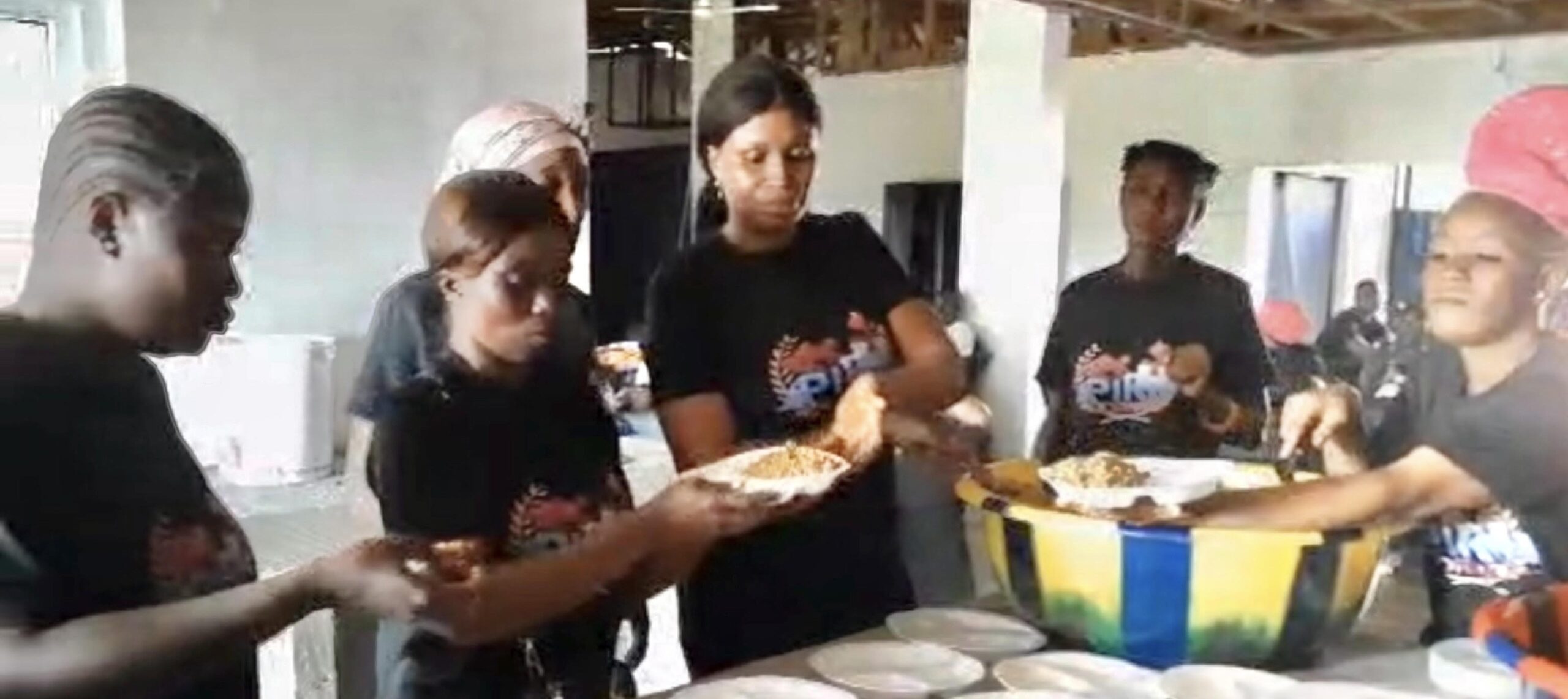- Mon - Fri 10:00 - 18:00
- 213 500 5918
- [email protected]

Poverty remains one of the most pressing issues in the United States, affecting millions of individuals and families. Despite economic growth, many Americans continue to struggle to meet their basic needs, including housing, healthcare, and nutrition.
Poverty remains one of the most critical challenges facing Africa, affecting millions of children and families. Despite efforts to promote economic growth, many communities still struggle with access to basic necessities like food, clean water, education, and healthcare. Addressing poverty in Africa requires a deep understanding of its root causes, consequences, and long-term solutions.
✅ Millions Affected: A significant percentage of Africa’s population lives below the poverty line, with rural areas facing the highest levels of deprivation.
✅ Impact on Children: Malnutrition, lack of education, and inadequate healthcare services severely affect children’s growth, development, and future opportunities.
✅ Geographic and Social Disparities: Poverty is widespread in remote regions where access to resources and infrastructure remains limited.
✅ Economic and Health Consequences: Persistent poverty leads to high child mortality rates, preventable diseases, and limited job opportunities for future generations.
✅ Unstable Economies: Many African countries rely on agriculture, making them vulnerable to climate change and economic instability.
✅ Limited Educational Access: Millions of children, especially girls, lack access to quality education, reducing opportunities for economic mobility.
✅ Healthcare Challenges: High medical costs and inadequate health facilities contribute to preventable deaths and persistent poverty cycles.
✅ Conflict and Displacement: Wars, political instability, and forced displacement push millions into extreme poverty, particularly affecting vulnerable children.
✅ Child Labor and Exploitation: Many children are forced into labor instead of attending school, further deepening the poverty cycle.
✅ Education Initiatives: Expanding access to free and quality education can empower future generations and break the poverty cycle.
✅ Healthcare Investments: Improving healthcare infrastructure and ensuring affordable medical services can significantly enhance child survival rates.
✅ Economic Empowerment Programs: Vocational training and microfinance initiatives help families build sustainable income sources.
✅ Strengthening Social Support Systems: Providing food security, clean water access, and housing support can uplift struggling communities.
✅ Child Protection Policies: Enforcing laws against child labor and exploitation ensures a safer, brighter future for children.
In recent years, grassroots organizations have implemented education and healthcare projects in impoverished regions, helping thousands of children access schools and medical aid. Programs focusing on women’s empowerment and sustainable farming have also contributed to economic stability for many families.
✅ Support Local Organizations: Donate to charities and initiatives that provide food, education, and medical aid to children in need.
✅ Advocate for Children’s Rights: Raise awareness about issues like child labor, malnutrition, and access to education.
✅ Sponsor a Child: Help provide essential resources to ensure a child’s well-being and future success.
✅ Volunteer Your Time: Contribute by working with organizations focused on community development and children’s welfare.
Poverty in Africa is a complex issue, but with strategic policies, community-driven efforts, and global support, meaningful progress is possible. By working together, we can build a future where every child has access to education, healthcare, and a life of dignity.